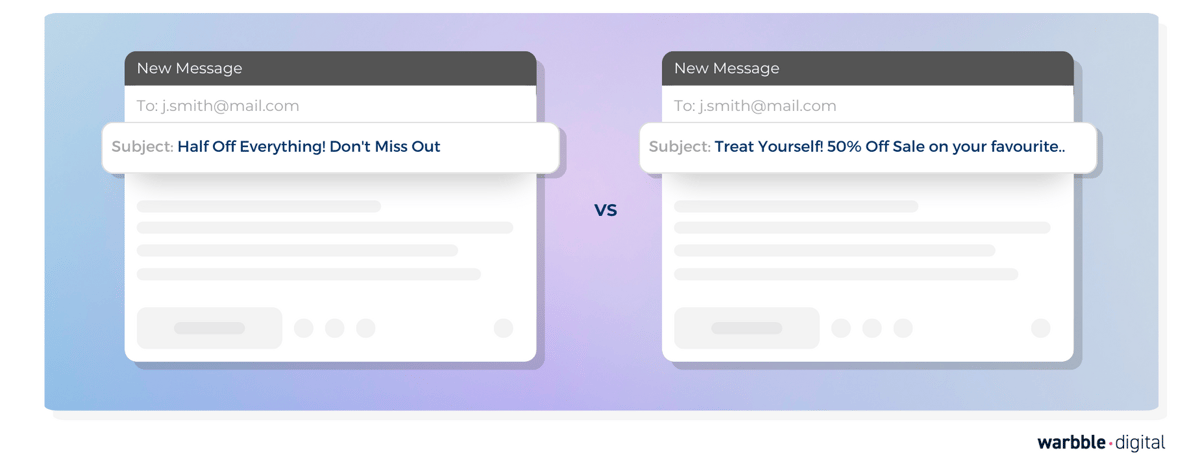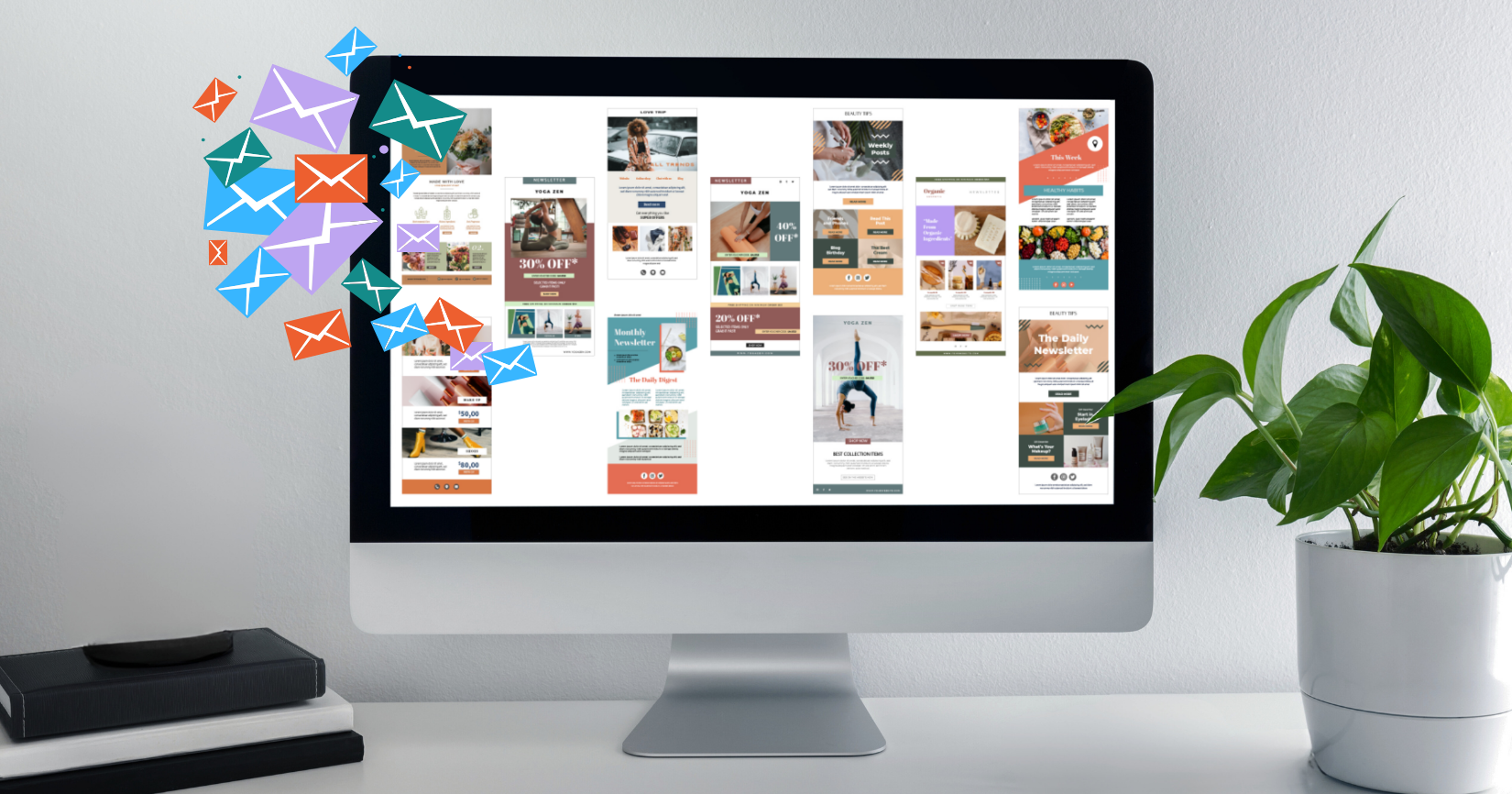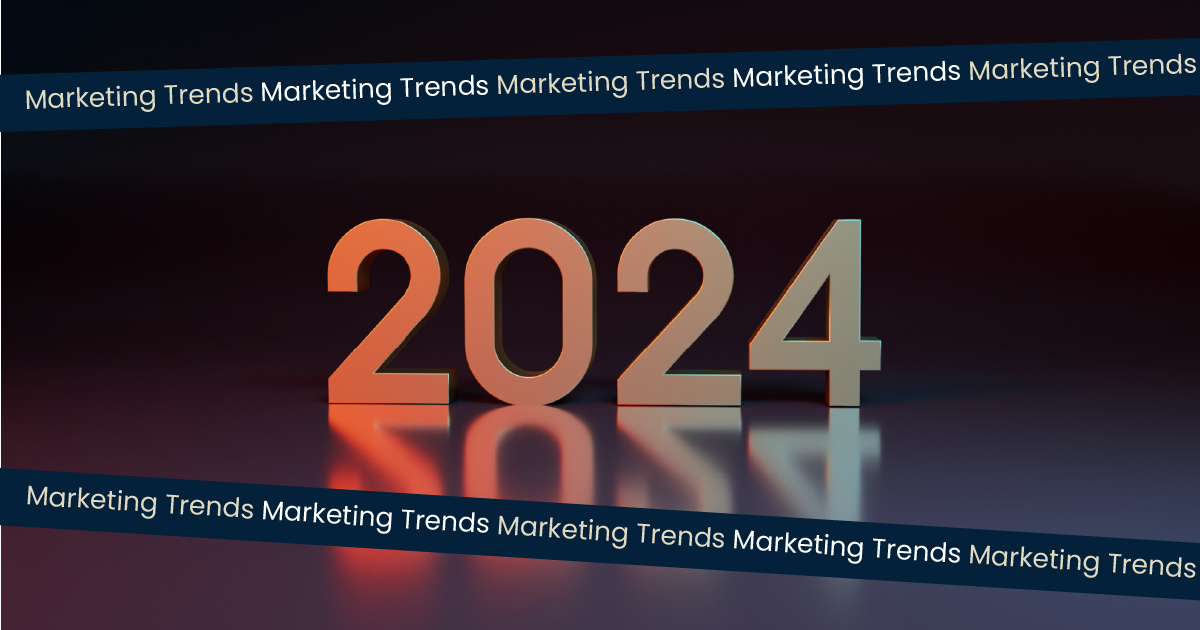In 2022, we signed a new B2C customer who needed help with email marketing. Initially, we wrote, designed, and scheduled emails for them, and the customer’s revenue from email marketing increased by 509.8% in just a few months.
But we knew there was an opportunity to improve. We wanted to grow their email list.
The Campaign
The idea to grow the email list was simple: Subscribe for emails and stand a chance to win a hamper filled with the company’s most popular products. We wanted to launch the campaign in-store and online.
Initially, the company chose to place posters with the details in their stores. The poster included a QR code that consumers could scan, taking them to the sign-up page. Once they filled in their details, they were part of the email subscriber list and entered into the giveaway.
We soon realised that the campaign wasn’t having the impact anticipated, quite possibly because the company chose to only pursue in–store sign-ups. Once again, we suggested moving the campaign online, particularly through social media, too.
The results were astounding! After the competition was introduced on social media, the email list grew by 52%.
Understand Your Customers
In crafting a successful email list building campaign, understanding your customers is paramount. This understanding allows you to create incentives that resonate with them and design campaigns that cater to their preferences.
When we launched the email sign-up campaign for our client, we recognised that offering a chance to win a hamper was a powerful incentive. However, we needed to delve deeper into why this incentive appealed to their customers.
Through customer surveys and data analysis, we discovered that our client's customers were drawn to the excitement and anticipation of potentially winning a selection of the company's most popular products—the products they know and love.
With this insight, we refined the campaign to emphasise the excitement of winning and the value of the hamper. We highlighted the range of products included, emphasising their popularity and desirability.
Since launching the campaign, and with the email list growth of 52%, we've seen a staggering 117% increase in abandoned cart conversions. This translates to an extra €5.08 in the average order value for every email recipient! Nurturing these new subscribers with Welcome Series and Customer Thank You emails boosted the average order spend by another €1.68 per recipient. Email marketing is now driving 61.34% of their total email marketing revenue!
Meet Your Customers Where They Are
One of the key lessons we learned from our email sign-up campaign was the importance of meeting customers where they are. This means understanding where and how your customers spend their time and designing your campaign to reach them in those places.
Initially, our client believed that having the hamper promotion in-store would drive sign-ups, as it would allow customers to see the products firsthand and feel a personal connection to the brand. However, the engagement was lower than expected, indicating that customers were not spending as much time in-store as anticipated. Additionally, customers visiting stores may not feel that online ordering is right for them as they may prefer to shop in-store.
Upon reviewing the data, we discovered that our client's customers were more active on social media, particularly platforms like Instagram and Facebook. This insight led us to shift our focus to online promotion, including social media advertising and influencer partnerships.
The results were immediate and significant. By meeting customers where they were already spending their time, we saw a substantial increase in email sign-ups. It highlights the importance of understanding your customers' habits and preferences and adapting your strategies accordingly.
Identifying where your customers are engaging with your brand can be done through a variety of methods. Analysing website and social media analytics can provide valuable insights into where your customers are coming from and what content they are interacting with. Surveys and feedback forms can also help gather information about customer preferences and habits. Additionally, monitoring industry trends and competitor activity can give you a broader perspective on where your target audience is spending their time.
Create a Compelling Offer
A compelling sign-up offer or incentive is crucial for attracting customers to subscribe to your email list. It should provide value to the customer and entice them to take action. Here are some popular strategies used for email list building:
- Discounts and Promotions: A discount or promotional offer is a common strategy to incentivise sign-ups. For example, offering a 10% discount on the first purchase for new subscribers can encourage them to join your email list. This can easily be shown with a website pop-up encouraging newsletter sign-ups.
- Freebies and Samples: Freebies or samples of your products can be a powerful incentive. For instance, offering a free sample of a new product in exchange for signing up can attract customers who are interested in trying your products.
- Exclusive Content: Exclusive content such as ebooks, guides, or videos can be a compelling offer. For example, offering a free ebook with valuable tips and advice related to your industry can attract customers who are interested in learning more.
- Contests and Giveaways: Running contests or giveaways can generate excitement and encourage sign-ups. Offering a chance to win a prize in exchange for signing up can attract customers who are interested in the prize.
- Early Access and VIP Benefits: Early access to sales or new products, as well as VIP benefits such as special discounts and exclusive events, can create a sense of exclusivity and encourage sign-ups.
- Personalised Offers: Tailoring offers based on customer preferences and behaviour can make them more compelling. For example, offering a personalised discount on a product that a customer has shown interest in can increase the likelihood of them signing up.
- Loyalty Programmes: A loyalty programme where customers earn points or rewards for signing up and making purchases can incentivise sign-ups and encourage repeat purchases.
-
Ultimately, the key to creating a compelling sign-up offer is to understand your customers' needs and preferences and tailor your offer to meet those needs. By providing value and incentives that resonate with your target audience, you can attract more subscribers to your email list.

Execute the Plan
Executing an email list building campaign involves several key steps, including launching the campaign, determining its duration, and measuring its success.
- Launch the Campaign: Start by announcing the campaign to your audience. Use your existing email list (ask people to share it with their network), website, and social media channels to promote the sign-up offer. Clearly communicate the benefits of subscribing and how to sign up. Consider using eye-catching visuals and compelling copy to grab attention.
- Duration of the Campaign: Decide how long the campaign will run based on your goals and the nature of your offer. A shorter, more urgent campaign may create a sense of exclusivity and encourage immediate sign-ups, while a longer campaign may allow for more sustained engagement.
- Measuring Success: Define key performance indicators (KPIs) to measure the success of your campaign. This could include the number of new subscribers, the conversion rate from sign-up to customer, and the overall impact on your email list growth and engagement. Use these metrics to track the effectiveness of your campaign and make adjustments as needed.
- Engagement Tracking: Monitor how engaged new subscribers are with your email content. Look at metrics such as open rates, click-through rates, and conversion rates to assess the quality of your new subscribers and the effectiveness of your campaign in driving engagement.
- Segmentation and Personalisation: Use the data collected from your campaign to segment your email list and personalise your messaging. Tailoring your emails to specific segments of your audience can improve engagement and conversion rates. For example, show new subscribers what they left in their cart with an abandoned cart flow.
- Optimisation and Iteration: Continuously optimise your campaign based on the data and insights you gather. Test different elements of your campaign, such as the offer, messaging, and timing, to see what resonates best with your audience. Use this information to refine your approach and improve your results over time.
- Post-Campaign Analysis: After the campaign has ended, analyse the results to understand what worked well and what could be improved. Use this information to inform future campaigns and strategies.
-
By following these steps, you can execute an effective email list building campaign that helps you grow your subscriber base and engage your audience effectively.
-
Reinforce the Connection
Nurturing the connection with your subscribers is crucial for turning email opens into meaningful actions, such as purchases. Here are some strategies to strengthen this connection and encourage engagement:
-
Welcome Email Flow
A welcome email flow is a series of emails sent to new subscribers to introduce them to your brand and encourage engagement. Use these emails to thank subscribers for signing up, provide them with valuable content, and guide them towards making a purchase.
For example, you can send a series of three emails over the course of a week. The first email can thank them for signing up and provide a brief introduction to your brand. The second email can highlight your best-selling products or services, and the third email can offer a special discount or promotion to incentivise their first purchase.

Engagement Strategies
To encourage subscribers to start buying, focus on providing them with relevant and valuable content. Tailor your emails to their interests and preferences, and showcase your products or services in a compelling way. For instance, if you run a clothing store, you can send emails featuring new arrivals or styling tips based on their past purchases or browsing behaviour.
Re-engagement Campaigns
For subscribers who have signed up but no longer interact with your emails, consider running re-engagement campaigns. Send them targeted emails with special offers or content that may rekindle their interest in your brand. You can send a "We miss you" email with a discount code or a sneak peek of upcoming products to entice them to engage again.
Consistent Communication
Maintain regular communication with your subscribers to keep your brand top of mind. Send them relevant content, promotions, and updates to encourage them to stay engaged with your brand. You can send weekly newsletters with tips, industry news, and exclusive offers for subscribers.
A/B Testing Emails
A/B testing is a valuable strategy for optimising your email campaigns. Test different elements of your emails, such as subject lines, content, and calls to action, to see what resonates best with your audience.

For example, you can send two versions of an email with different subject lines to see which one gets a higher open rate. Use the results of these tests to refine your email campaigns and improve their effectiveness over time.
When you nurture the connection with your subscribers through personalised and engaging content, you encourage them to start buying from your brand and become loyal customers over time.
Want Email List Help?
Are you looking to take your email marketing to the next level? Our team is here to help!
Whether you need assistance with email list building, crafting compelling campaigns, optimising your email strategy, or implementing best practices, we're ready to assist you.

-


